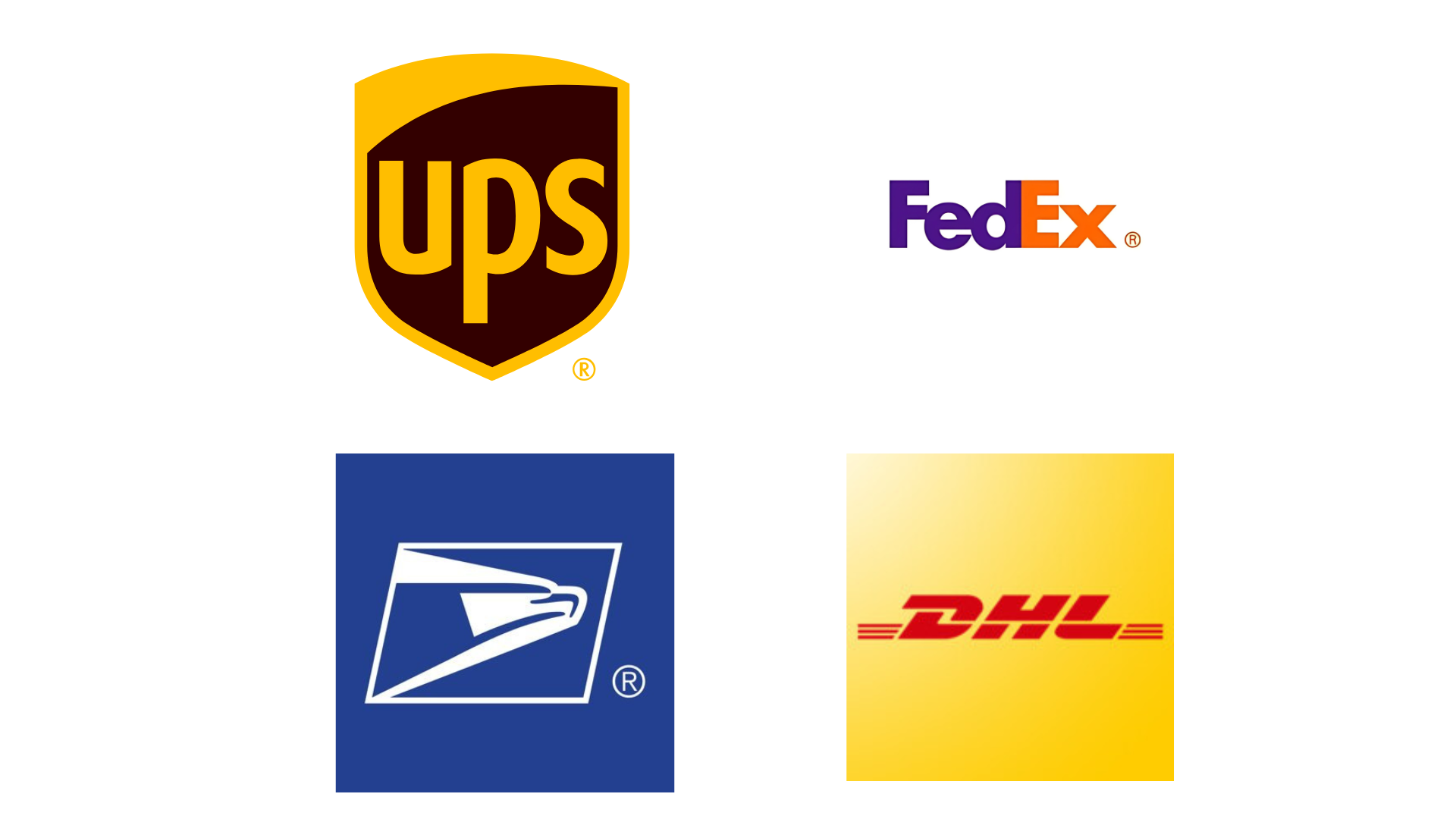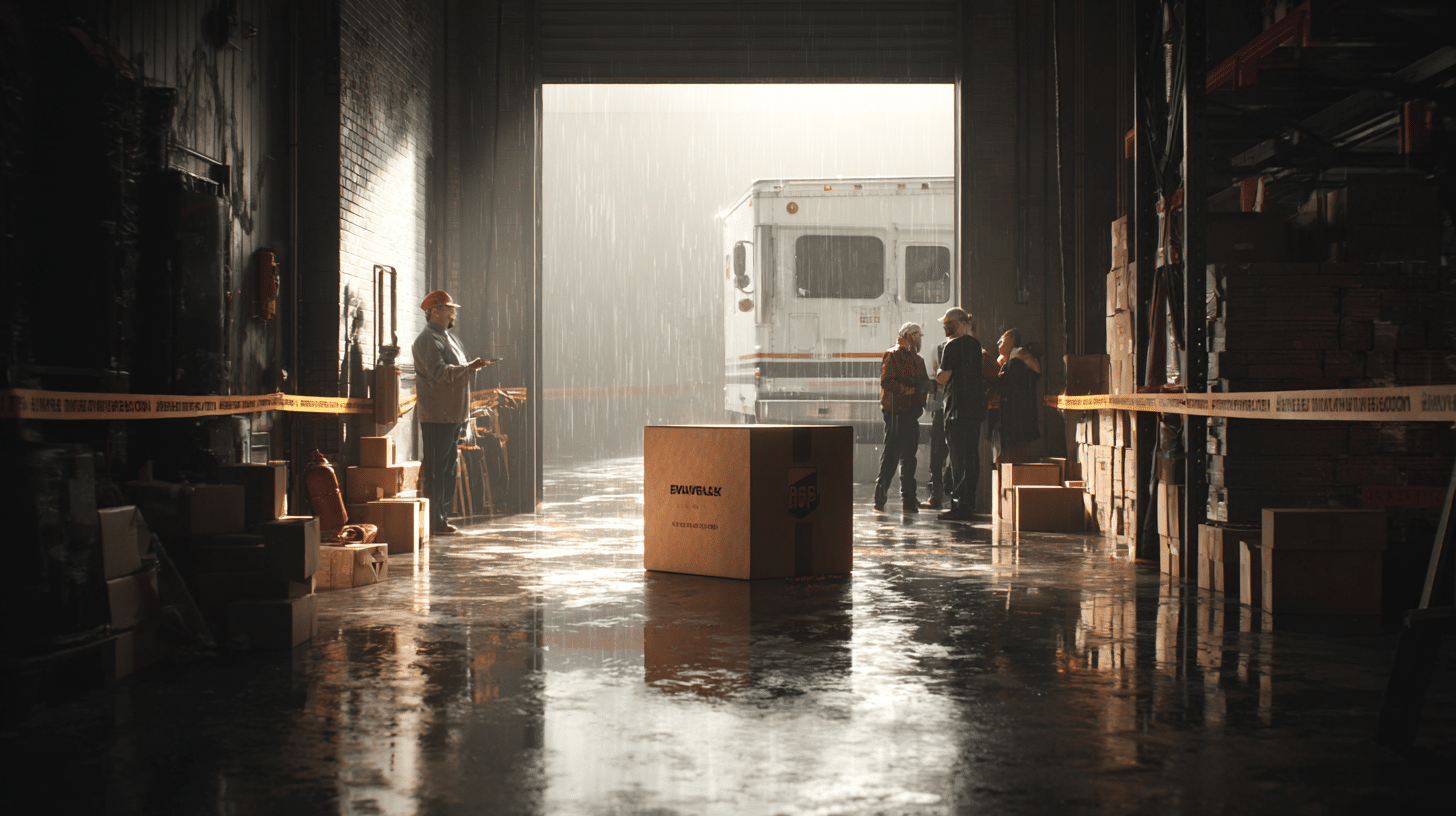It can be confusing when your tracking page suddenly shows a shipment exception. The term sounds serious, but it doesn’t always mean your package is gone for good.
In fact, most exceptions are temporary pauses caused by situations the carrier needs to sort out before moving forward. I’ve noticed many people feel stuck in these moments because they don’t know what the status really means or what steps to take next.
Today, I’ll take you through the basics so you’ll know exactly what’s happening and how to handle it. Let’s start by looking at what a shipment exception actually is and how it differs from other delivery issues.
What is a Shipment Exception?

If you’re wondering, “What does a shipment exception mean?” It’s simply a status update you’ll see when something unexpected slows down your package. It doesn’t mean your order is gone; it just means there’s a hiccup in the process that needs fixing.
How exceptions differ from delays and lost packages:
- Exception: A problem popped up, like a wrong address or bad weather, and the package can’t move forward until it’s handled.
- Delay: Everything’s fine, but the delivery will take longer than first promised, often due to heavy shipping volume.
- Lost package: The carrier can’t locate your package at all, and recovery might not be possible.
Think of an exception as a “pause button” in the system. A delay is more like hitting traffic on the way home. A lost package is when the route disappears completely.
Common Causes of Shipment Exceptions
A shipment exception can happen for many reasons. Some are simple, others are out of anyone’s control. Here are the most common ones you’ll run into:
1. Weather and Natural Disasters
Extreme weather is one of the most common reasons for exceptions. Storms, floods, fires, or earthquakes can shut down airports, close highways, and keep drivers off the road. Carriers won’t risk safety, so shipments pause until conditions improve.
Example: A winter storm in Chicago shuts down airports, so packages headed across the country get stuck until flights resume.
2. Incorrect or Incomplete Address
Carriers rely on precise address details to make deliveries. A missing apartment number, a typo in the street name, or the wrong ZIP code can stop your package from reaching the right place. Until the mistake is corrected, the package usually sits at a local facility.
Example: An apartment number is left out, and the driver can’t deliver because there’s no way to confirm which unit it belongs to.
3. Failed Delivery Attempt
If the carrier comes to deliver but no one is available to accept the package, it triggers an exception. Some items also require a signature, so if nobody’s there to sign, the driver leaves a notice and tries again. These attempts can cause delays of a day or more.
Example: UPS shows up at your door at 2 p.m., but you’re at work. They leave a notice and try again the next day.
4. Customs Delays for International Packages
For shipments crossing borders, customs checks can add extra time. Packages may be held if paperwork is incomplete, duties are unpaid, or an inspection is needed. Until customs clears it, the package won’t move forward in the system.
Example: A package from the U.S. to Canada gets flagged because the invoice doesn’t list the product’s full value, so it stays in customs until fixed.
5. Damaged Package During Transit
Carriers monitor packages for visible damage. If something breaks, leaks, or tears open, the shipment may be pulled aside for review. Depending on the severity, it might be repacked, returned to the sender, or even disposed of if unsafe.
Example: A FedEx box with fragile glass arrives torn, and it’s held at a facility until the sender decides whether to repackage or return it.
6. Carrier or Operational Issues
Not every exception is caused by outside factors. Sometimes the problem lies inside the carrier’s network. A truck might miss its transfer, staff shortages could slow sorting, or equipment breakdowns could halt movement. These are usually resolved quickly, but still create unexpected delays.
Example: A delivery truck breaks down on the highway, delaying every package on board until another vehicle picks them up.
These situations are frustrating, but most of the time they’re temporary. Once the issue is cleared, your package moves forward again.
How Long Does a Shipment Exception Last?
The time it takes to clear a shipment exception depends on what caused it. Some problems are fixed the same day, while others take several days or even longer.
Typical Durations by Cause
The time a shipment exception lasts often depends on the reason behind it. Here’s a quick breakdown of common causes and how long they usually take to resolve:
| Cause | Typical Duration |
|---|---|
| Weather or natural disasters | 1–2 days, but major storms can stretch this to a week or more |
| Incorrect or incomplete address | 1–3 days, depending on how quickly the correct details are provided |
| Failed delivery attempt | 1–2 days, as carriers usually try again the next business day |
| Customs delays | 3–7 days, but longer if paperwork or duties are missing |
| Damaged package | Varies: 1 day if repacked quickly, longer if returned to the sender |
| Carrier or operational issues | Less than 1–2 days, since most carriers resolve network problems fast |
Most exceptions clear up quickly, but a few can stretch out if the issue is serious or left unresolved.
Factors That Affect Resolution Time
- Location: Urban areas are cleared faster than remote or rural ones.
- Season: Peak times, like holidays or sales events, slow down recovery.
- Carrier policies: Some companies offer faster redelivery or pickup options.
- Your response time: Updating an address or sending missing documents right away can shorten delays.
In most cases, exceptions are temporary. Once the issue is fixed, your package continues moving through the system until it’s delivered.
What to Do When You Get a Shipment Exception
It can feel stressful when you see “shipment exception” on your tracking page. The good news is that most of these issues can be fixed with a few simple steps.
Step 1: Check Tracking Updates
Start by reviewing the tracking details. The status often tells you the exact problem, like “incorrect address” or “weather delay.” Updates may also include notes about the next planned delivery attempt.
Step 2: Contact the Carrier
If tracking doesn’t give enough detail, reach out to the carrier directly. Their customer service teams can confirm the reason for the exception and explain what happens next.
Step 3: Provide Additional Information
Sometimes the carrier needs more details to move your package forward. This might include fixing an address, sending missing customs forms, or confirming that someone will be available to sign for delivery. Acting quickly here can save days of delay.
Step 4: Arrange Pickup or Redelivery
In some cases, the carrier may ask you to collect your package from a local facility. Other times, you can schedule a new delivery attempt at a time that works better for you. Most carriers let you do this online or over the phone.
By following these steps, you’ll have the best chance of getting your package back on track without too much extra waiting.
Carrier-Specific Shipment Exceptions

Each carrier uses its own process for handling shipment exceptions. Knowing the differences helps you respond the right way.
| Carrier | Common Causes | Typical Response | Resolution Options |
|---|---|---|---|
| FedEx | Weather, wrong address, customs | Updates status online; may hold at local facility | Reschedule online, arrange pickup |
| UPS | Wrong address, rescheduled delivery, failed attempt | Attempts redelivery in 1–2 days; alerts through UPS My Choice | Correct address, reschedule delivery, pickup |
| USPS | Failed attempt, weather, restricted item | Leaves notice; holds package at local post office | Pickup at the post office, request redelivery |
| DHL | Customs delays, paperwork issues, and restricted goods | Notifies recipient/shipper; holds until issue resolved | Provide documents, pay duties, and arrange delivery |
Key Takeaway: While all carriers treat shipment exceptions as temporary delays, the resolution steps and communication tools differ. UPS relies heavily on its online portal, USPS directs you to the post office, and FedEx or DHL often requires direct action from you.
Most of the time, the process is straightforward once you know what to expect from each carrier.
Does a Shipment Exception Mean My Package Is Lost?
Most of the time, a shipment exception doesn’t mean your package is lost. It simply means there’s a temporary problem that needs to be cleared before delivery can continue.
In many cases, the package is still moving through the system and will arrive once the issue is fixed. However, there are rare situations where an exception can lead to a return-to-sender.
This usually happens if:
- The address can’t be corrected.
- The package is too damaged to deliver safely.
- Customs rules prevent it from entering the country.
Even then, the package isn’t lost; it’s just being sent back to where it started.
So while an exception can be frustrating, it’s rarely the end of the road. In most cases, with a little patience and sometimes a quick call to the carrier, your package finds its way to you.
How to Prevent Shipment Exceptions
While you can’t always avoid exceptions, there are steps you can take to lower the chances. A little extra care at the start makes delivery smoother and faster.
- Double-check addresses: Make sure every detail is correct, including apartment numbers, ZIP codes, and spelling.
- Use correct packaging and labels: Strong boxes, clear labels, and proper barcodes help packages move through scanners without issues.
- Provide customs paperwork upfront: For international shipments, complete forms and invoices accurately to prevent delays at the border.
- Choose reliable carriers for time-sensitive shipments: Not all carriers have the same speed or coverage, so pick the one that fits your delivery needs.
Taking these small steps doesn’t guarantee perfection, but it greatly reduces the chances of seeing “shipment exception” on your tracking page.
Shipment Exceptions for Businesses & E-Commerce
If you run an online store, shipment exceptions can be just as stressful for you as they are for your customers. How you handle the situation makes a big difference in customer trust and satisfaction.
What retailers should do when customers ask
- Check the tracking first so you have clear details to share.
- Be honest and transparent about the reason for the delay.
- Offer solutions like reshipping, refunds, or discounts if the issue drags on.
- Keep communication quick and polite so customers don’t feel ignored.
Customer communication templates:
Here are a few sample messages you can adapt when reaching out:
- “Your order is delayed due to a shipment exception. The carrier is working to resolve it, and we’ll keep you updated with any changes.”
- “We’ve confirmed with the carrier that your package is on hold because of [reason]. Once it clears, delivery will continue. Thank you for your patience.”
- “We understand delays are frustrating. If the package doesn’t move within the next [timeframe], we’ll make it right with a replacement or refund.”
Clear and proactive communication shows customers you care, even when the delay isn’t your fault.
Wrapping Up
Dealing with a shipment exception can feel like a setback, but it doesn’t have to be overwhelming. The key is staying informed and responding quickly when action is needed.
I’ve found that keeping your tracking details handy, staying flexible with delivery options, and choosing carriers wisely can make a big difference.
Remember, exceptions don’t always mean something is wrong; they’re often just small hurdles in the delivery process. By knowing what to expect and how to react, you’ll feel more in control the next time it happens.
For more practical shipping and delivery tips, read my other blogs available on the website.
Frequently Asked Questions
What happens if my package is held at customs? Do I need to act or just wait?
Customs holds often require your action. You may need to submit paperwork, pay duties, or clarify values. Simply waiting rarely clears things up.
When do packages get returned to the sender (RTS)?
RTS usually happens when an issue isn’t fixed in time, like a wrong address, no response from customs, or irreparable damage. If you don’t act, the carrier may send it back to where it started.
Who is responsible for a lost package: the seller, carrier, or buyer?
Legally, most sellers cover the package until it’s delivered. That means if it’s lost, the seller often reships, refunds, or files a claim with the carrier. After delivery, responsibility usually shifts to the buyer.
Why are shipment exceptions worse during holidays or peak times?
High shipping volumes during peak seasons make exceptions harder to fix. Network strain, staffing limits, and holiday delays all slow down resolution.















